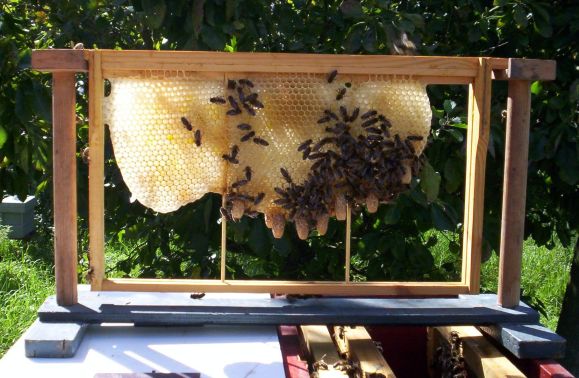I live in the intermountain West and have had bees for 11 years, althouh this is my third year of beeing a serious beek. I resisted rearing my own queens, mostly because grafting seemed to be more than I wanted to tkae on.
Now I have come across the Nicot system, and that seems to be something I can handle.
I have one hive that has a superqueen. That hive is thriving, producing, gentle enough, and I would like to preserve those genetics.
Summer where I live can be hot, high 90s and low 100s in high summer, dry and with a serious dearth. Fall is not as productive as in more temperate areas.
My questions are simple: is it too late to consider rearing queens this year? What do I have to consider in terms of weather, temperature, nectar flow?
Thanks in advance for shring your experience.
Stu
Now I have come across the Nicot system, and that seems to be something I can handle.
I have one hive that has a superqueen. That hive is thriving, producing, gentle enough, and I would like to preserve those genetics.
Summer where I live can be hot, high 90s and low 100s in high summer, dry and with a serious dearth. Fall is not as productive as in more temperate areas.
My questions are simple: is it too late to consider rearing queens this year? What do I have to consider in terms of weather, temperature, nectar flow?
Thanks in advance for shring your experience.
Stu





